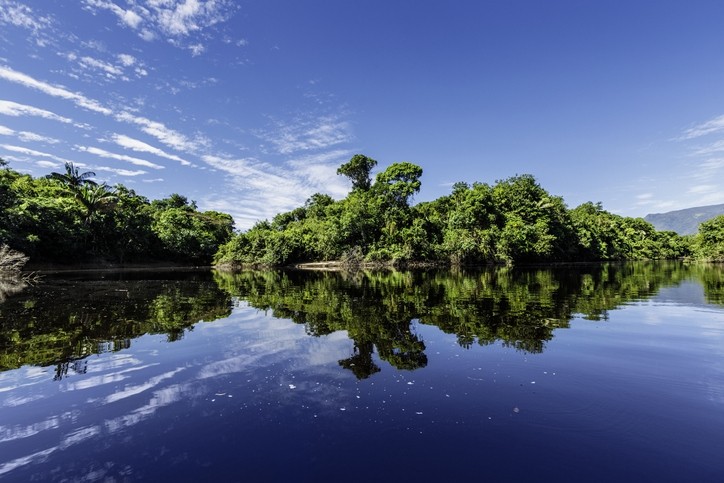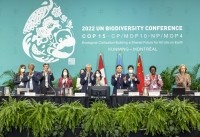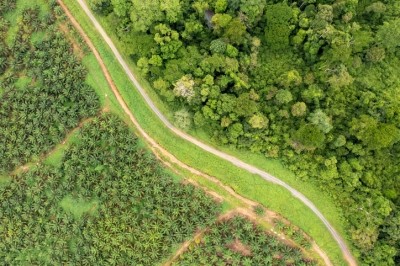Landmark biodiversity agreement achieved at COP15

Representatives from 188 governments had gathered in Montreal for the past two weeks for the key summit.
Chaired by China and hosted by Canada, COP 15 resulted in the adoption of the Kunming-Montreal Global Biodiversity Framework (GBF) on the last day of negotiations.
The GBF includes concrete measures to halt and reverse nature loss, including putting 30% of the planet and 30% of degraded ecosystems under protection by 2030. It also contains proposals to increase finance to developing countries – a major sticking point during talks.
‘Global food system causing biodiversity loss’
The biggest driver of biodiversity loss is how people use the land and sea, according to the UNEP. “This includes the conversion of land covers such as forests, wetlands and other natural habitats for agricultural and urban uses.”
Since 1990, the organization said around 420 million hectares of forest have been lost through conversion to other land uses. “Agricultural expansion continues to be the main driver of deforestation, forest degradation and forest biodiversity loss.”
The global food system is the primary driver of biodiversity loss, with agriculture alone being the identified threat of more than 85% of the 28,000 species at risk of extinction, claimed the UN agency.
“Harvesting materials such as minerals from the ocean floor and the building of towns and cities also impact the natural environment and biodiversity.
“Reconsidering the way people grow and consume food is one way of reducing the pressure on ecosystems. Degraded and disused farmland can be ideal for restoration, which can support protecting and restoring critical ecosystems such as forests, peatlands. and wetlands.”
'Implementation is now key'
UN environment program (UNEP) executive director, Inger Andersen, emphasized that implementation is now key: “Success will be measured by our rapid and consistent progress in implementing what we have agreed to.”
The GBF set 23 targets to achieve by 2030, including:
- Effective conservation and management of at least 30% of the world’s land, coastal areas and oceans. Currently, 17% of land and 8% of marine areas are under protection
- Restoration of 30% of terrestrial and marine ecosystems
- Reduce to near zero the loss of areas of high biodiversity importance and high ecological integrity
- Halving global food waste
- Phasing out or reforming subsidies that harm biodiversity by at least $500bn per year, while scaling up positive incentives for biodiversity conservation and sustainable use
- Mobilizing at least $200bn every year from public and private sources for biodiversity-related funding
- Raising international financial flows from developed to developing countries to at least US$30bn annually
- Requiring transnational companies and financial institutions to monitor, assess, and transparently disclose risks and impacts on biodiversity through their operations, portfolios, supply, and value chains
Financial instruments
Finance played a key role at COP15, with discussions centring on how much money developed countries will send to developing countries to address biodiversity loss. The Global Environment Facility has now set up a special trust fund to support the implementation of the GBF, and to ensure an adequate, predictable and timely flow of funds.
Countries also approved a series of related agreements to implement the GBF linked to planning, monitoring, reporting and reviewing progress.









